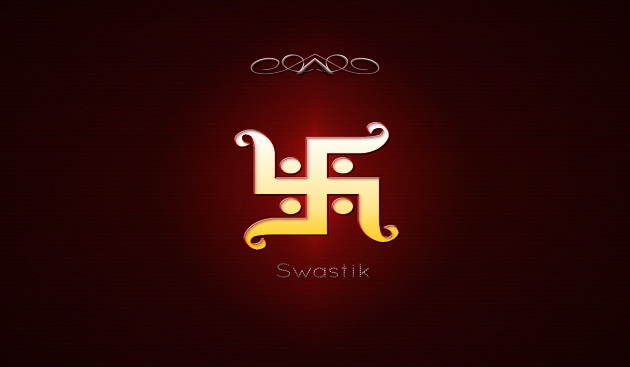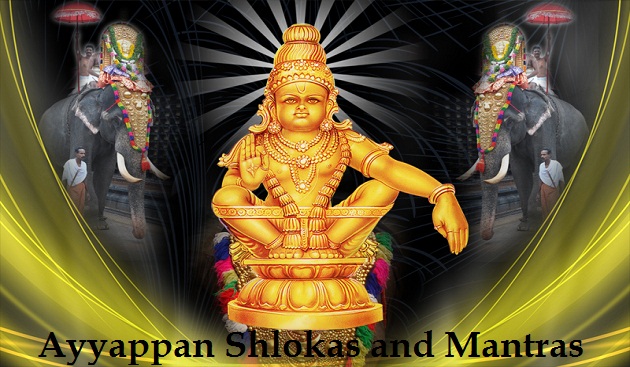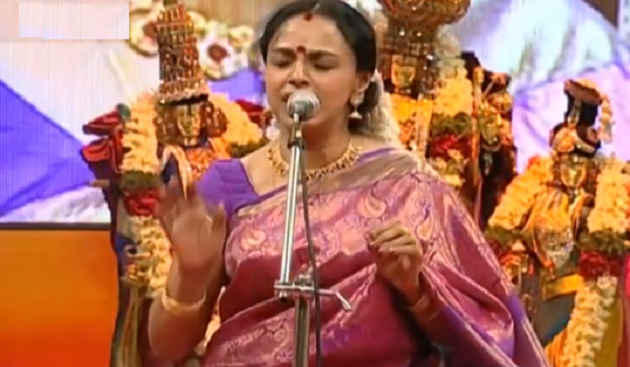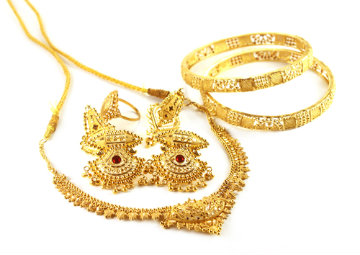Swastika or Svastika is an auspicious symbol, an elaboration of the equal armed cross, but with its arms bent. The Hindu version is drawn with a dot in each quadrant. The name is said to be a combination of Su (well) – asti (is) – ka (a noun ending), meaning “ it is well”. The interjection svasti is used before and after pronouncing the sacred syllable Om and during sacrificial ceremonies.
Swastika is considered extremely holy, auspicious and a good luck symbol. It is found in many Hindu temples, pictures, signs and is used in all festivals, ceremonies, houses and doorways. This is used to decorate all items in Hindu culture. It is used in all Hindu Yantras and religious designs. It is also seen on gift items and on letterhead. It is stamped on various objects. A series of small swastikas form a very popular motive for border designs on textiles. Lord Ganesha is often shown as sitting on a lotus flower on a bed of swastikas.
It is one of the 108 symbols of Vishnu and is supposed to represent sun’s rays without which life cannot exist. But this is purely a geometric symbol unlike Om. There is no syllabic tone associated with it.
It points to all the four cardinal directions ( North, South, East, West) and hence stands for stability and groundness.Its use as a sun symbol can first be seen in its representation of Surya who is the Hindu Sun God.
The standard version of swastika has two forms; the one facing the right also called the symbol of- the right hand path and the one facing the left called the symbol of the left hand path. The former represents the vernal sun, where the right end of the horizontal bar has an arm bending downwards, with the ends of the other three arms moving in the same direction, so that the cross moves clockwise. Only this is considered auspicious by Hindus. The left hand cross represents the autumnal sun, goes in an anti-clockwise direction and is considered inauspicious.
Swastika’s rotation in four directions describes their harmonious whole and has been used in Hinduism since the early Vedic culture and is still widespread in the Indian subcontinent.






